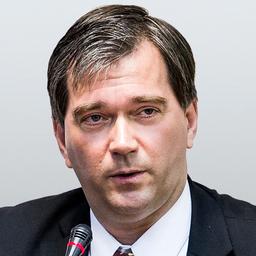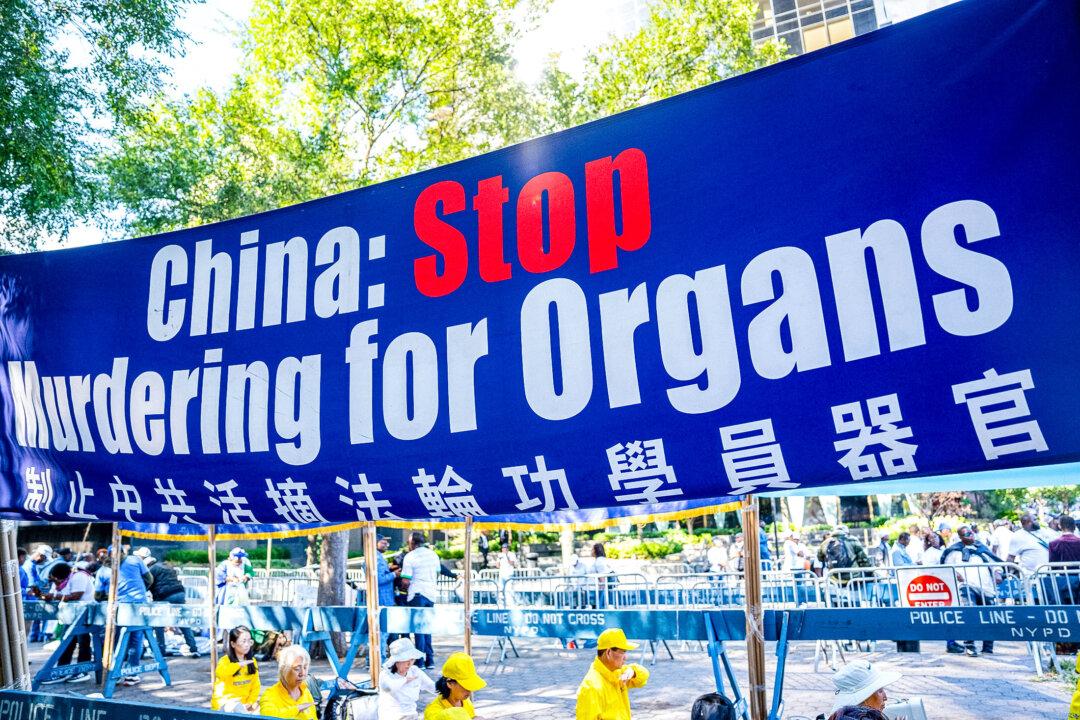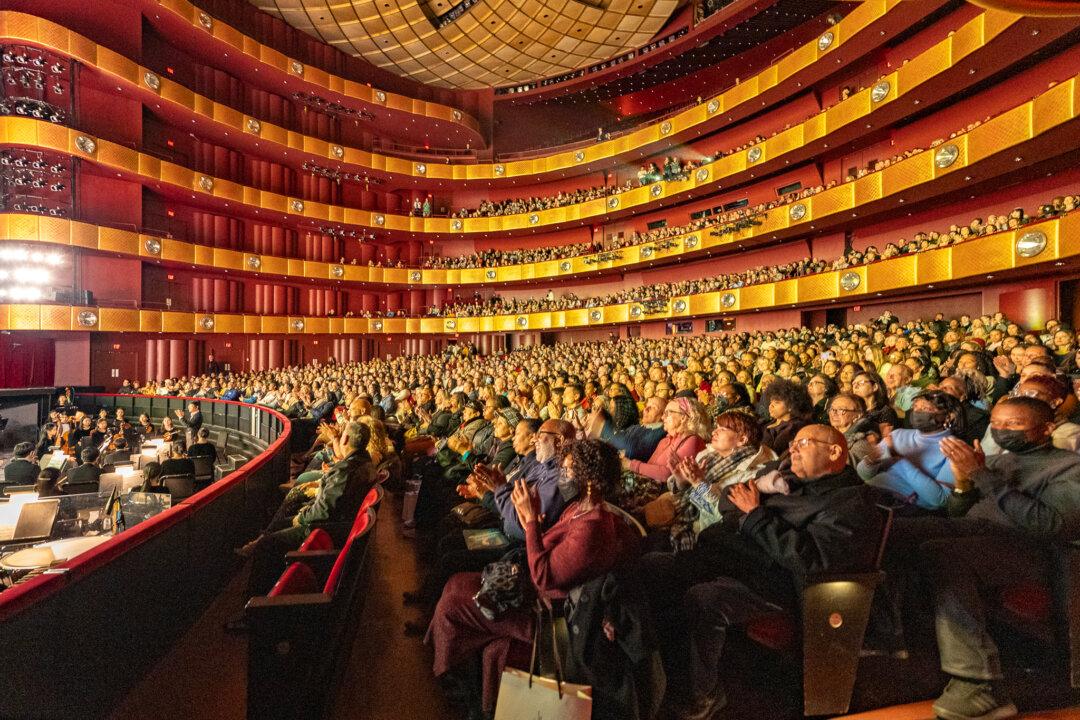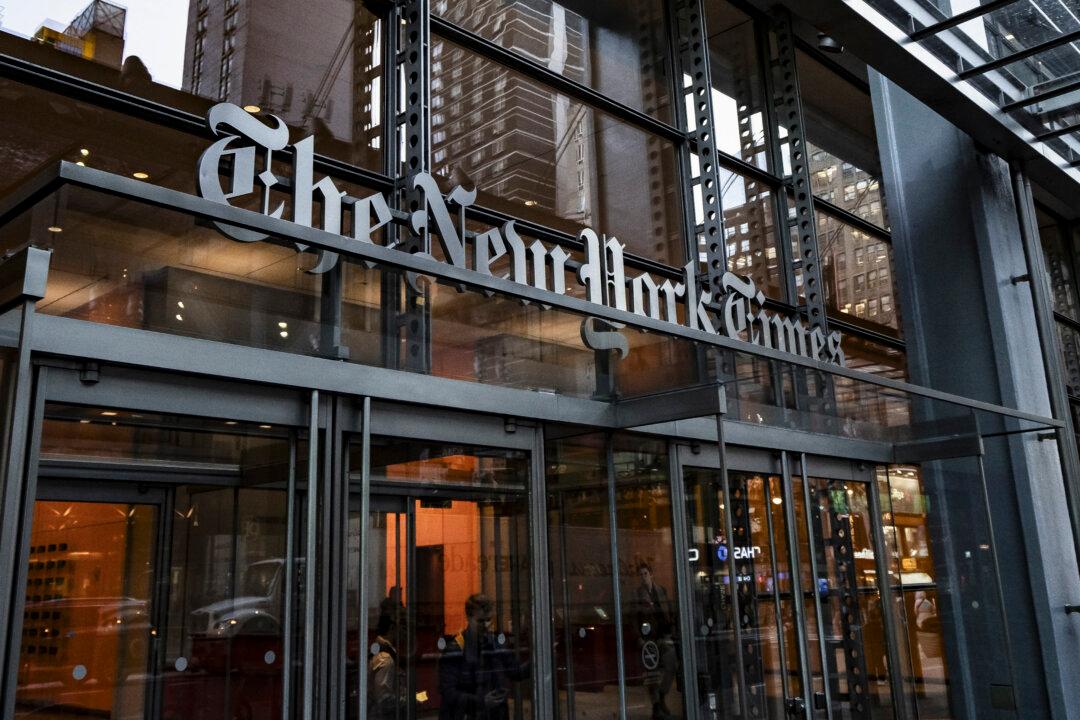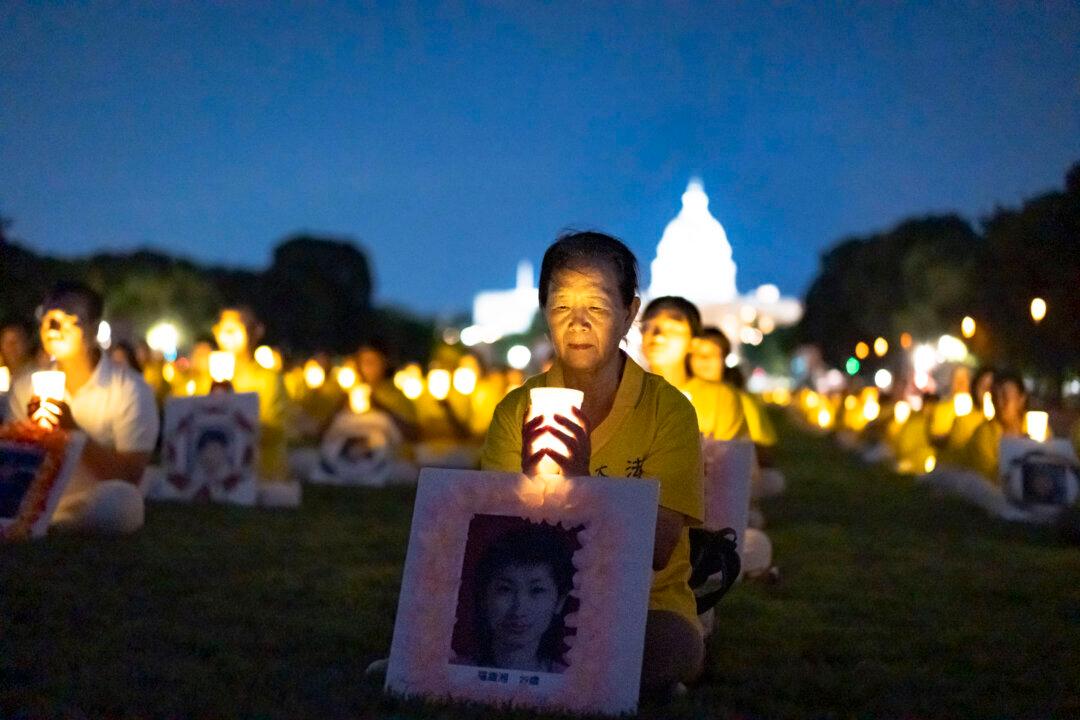Commentary
The U.S. Constitution is first and foremost known for the God-given rights and freedoms that it protects. A recent webinar series by the Committee of the Present Danger: China sounded the alarm that these freedoms are now coming under attack from a very unexpected side: the World Health Organization (WHO).

